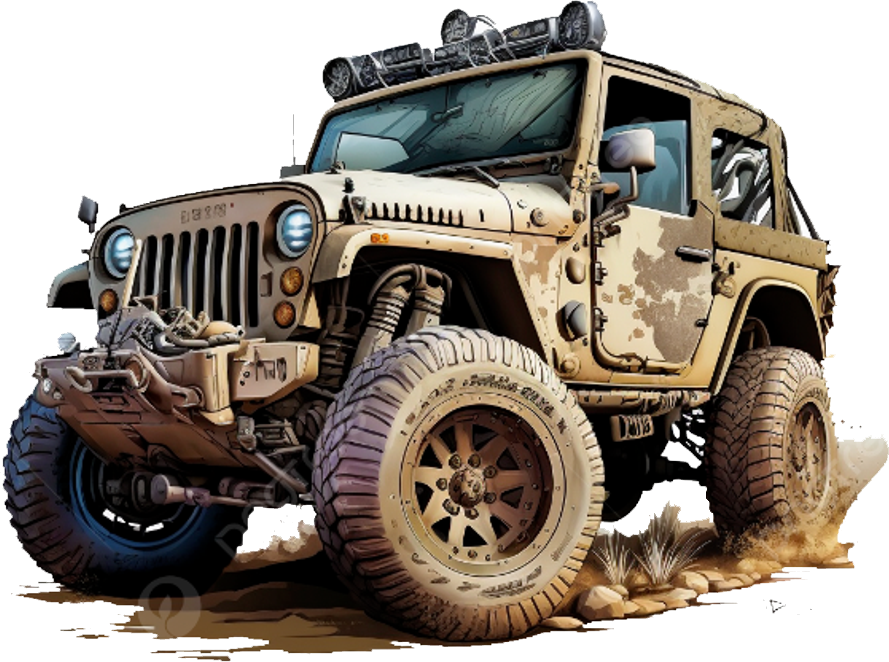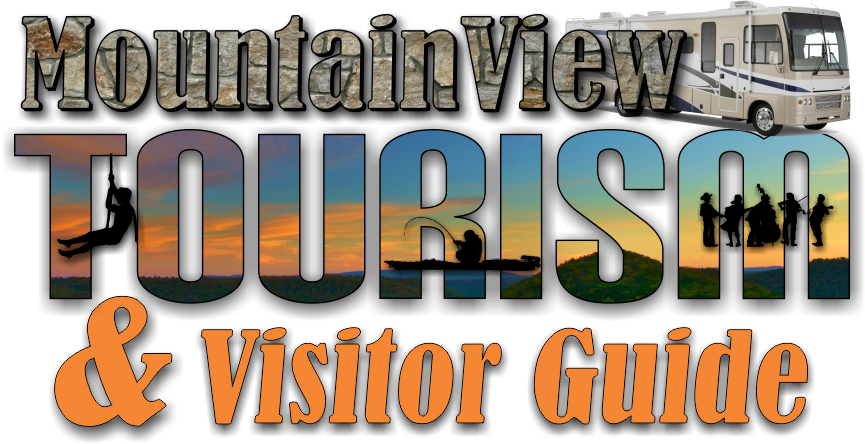Ozark Overlanding!
Overlanding in the Ozarks offers a unique and exhilarating experience for outdoor enthusiasts. The Ozark National Forest, with its diverse terrain and scenic beauty, provides an ideal backdrop for overlanding adventures. Below is an overview of what you can expect when overlanding in this region, including popular routes, necessary preparations, and notable experiences.
Popular Overlanding Routes
Preparation and Gear
Notable Experiences
Overlanding in the Ozarks is less about the destination than it is the journey! Sharing experiences, routes, and tips with fellow overlanders can turn an ordinary trip into an adventure!

Overlanding in the Ozarks is a rewarding experience that combines the thrill of off-road driving with the serenity of nature. Proper preparation, the right gear, and a spirit of adventure are key to making the most of this journey. Whether you’re navigating the High Water Mark Trail or exploring lesser-known routes, the Ozarks offer an unforgettable overlanding adventure!
Need Off Road Navigation?



